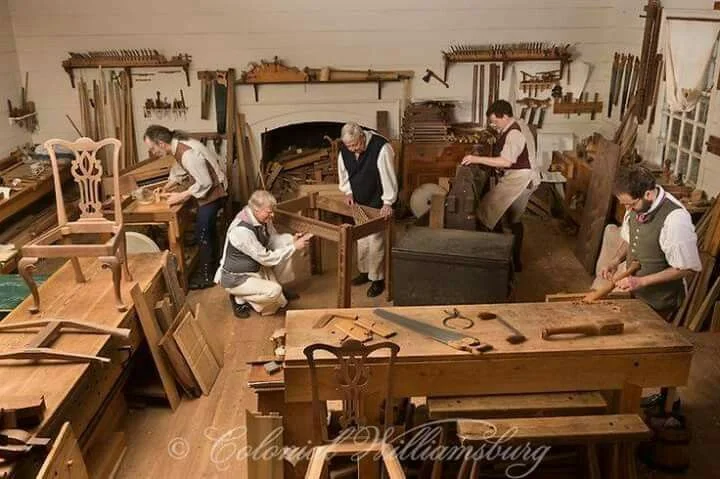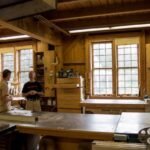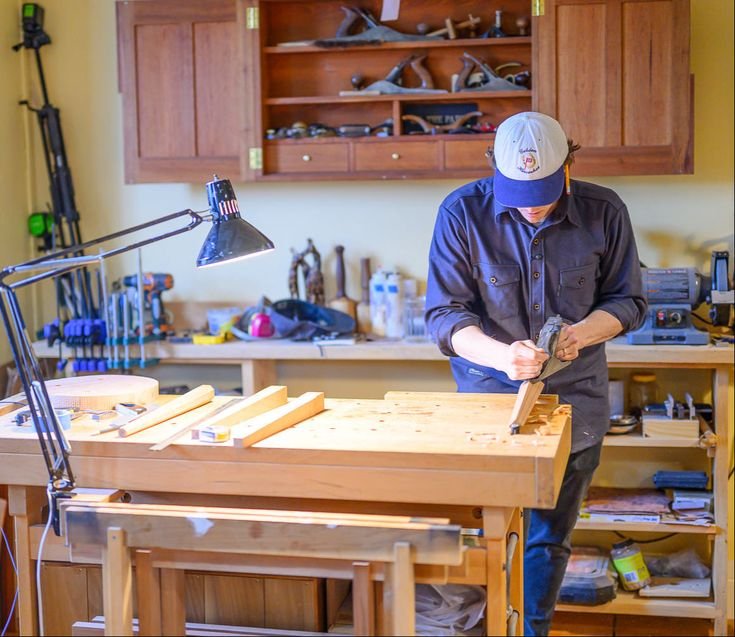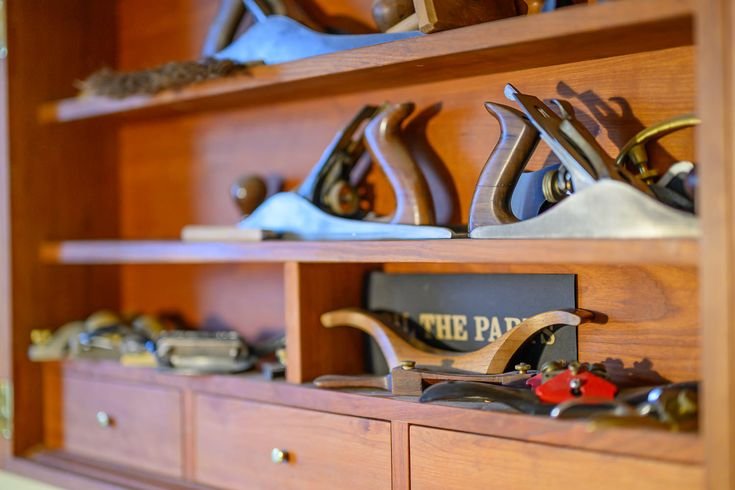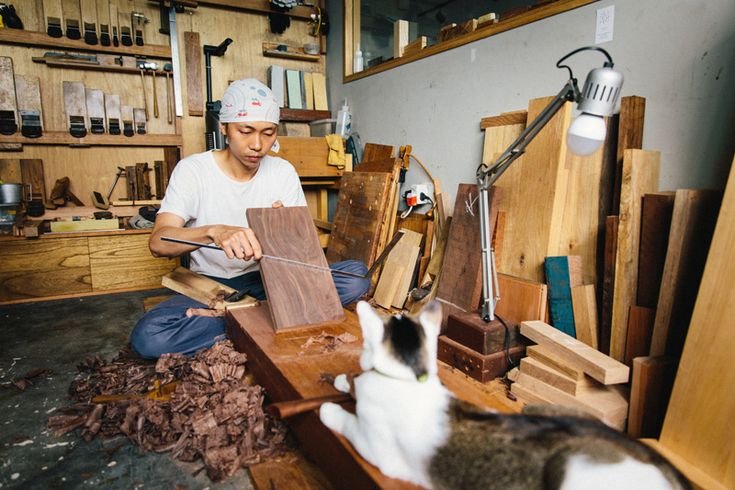The Essential Woodworker: Lessons from My Garage
So, let me set the scene for you. It’s a Friday evening, not too hot but just enough to be cozy. I’ve got a cup of coffee in one hand and a leftover slice of pizza from last night in the other. I’m in my garage, the smell of sawdust wafting through the air, with a radio playing some old country tune—something about lost love and old pick-ups. That’s when I stumbled upon “The Essential Woodworker” by Robert Wearing again. You ever read that book? It’s like the friendly neighbor who stops by to lend a hand, rather than the know-it-all who just wants to show off.
Let me tell you, when I first picked it up, I thought I was gonna be the next Norm Abram, just whittling away masterpieces one after another. You know how it goes: pick a project, throw in a couple of hours after work, and voilà! A fine piece of furniture, right? Ha! I couldn’t have been more wrong.
My First Big Mistake
I was so excited to make a simple coffee table for my living room—nothing fancy, just a solid oak slab, about four feet long. I had the wood all picked out from the local lumberyard, and oh boy, that smell of fresh-cut oak is unlike anything else. It just hits you like a warm hug.
I decided to dive right into it without reading the book carefully. I mean, who reads manuals anyway? I whipped out my circular saw—a decent one, honestly, a DeWalt. But here’s where the trouble started: my cuts were all over the place. I thought I could eyeball it, like I had some magic woodworker vision. Spoiler alert: I didn’t!
After I made that first terrible cut, I just stared at it. The wood was unforgivingly expensive, and I felt like crying. I almost gave up, thinking I could just hide the mess behind some throw pillows or something. But I picked up “The Essential Woodworker” and read a section on measurement and layout. It was like a lightbulb flicked on.
A Lesson in Patience
You ever have those moments where you realize you were just too cocky? Yeah, that was me.
I took a deep breath—seriously, the kind of breath you take when you’re about to jump into a cold lake—and I realized I had to slow down. I grabbed my tape measure and marked everything properly this time. “Measure twice, cut once,” they say, but I thought I could cut once and measure later. Turns out that advice from Wearing held up better than my confidence.
After a long few hours, I actually started to feel a sense of achievement. The saw was humming smoothly, and I could hear my girlfriend’s dog barking somewhere outside. Each cut felt right. I was on a roll, and I actually laughed when the pieces started fitting together. I remember thinking, “Okay, maybe I’ll survive this project after all.”
The Beauty of Jointing
Fast forward to the joinery. Oh boy, what a ride that was! I had all sorts of clamps sprawled around, some fancy ones I bought at the local hardware store that, frankly, were more trouble than they were worth. I tried to get fancy and attempted a mortise and tenon joint. Talk about an exercise in humility. My first attempt looked like a sad puzzle that someone had taken a bite out of.
That’s when Wearing’s book came to the rescue again. If I’m being honest, I wasn’t even sure what a “mortise” was when I started. But when I read through the descriptions, everything began to make sense. I took my time and used my chisel—just a regular Narex, but boy, it worked wonders once I got the hang of it. Each tap of the mallet echoed in the garage, and I almost got lost in the rhythm.
There’s something magical about chiseling wood, isn’t there? It’s satisfying in a way that some things just can’t replicate. Each time I removed a chip, I felt like I was sculpting something special—the kind of project that would become part of my family history.
The Final Stretch
Then came the finish—I used some organic tung oil, which smelled kinda nutty and earthy. I remember sitting on the floor, rubbing it on with a cloth, and thinking, “This is actually gonna be something.” The first coat made the oak glow like it had been waiting for this moment for years. I rubbed it in until my hand got sore, and I could see the reflected light bouncing around my little workspace.
And can I just say, the moment it was complete—wow. That feeling was something I can’t even put into words. I looked at my coffee table and thought back to that first disastrous cut, the wasted wood, and how far I’d come.
Wrap-Up: Join the Adventure
So, if you’re sitting there, pondering whether to dive into woodworking or not—just go for it. I mean, sure, things might go wrong, and you might end up with a mountain of firewood instead of a coffee table. But trust me, each mistake is just part of the journey. “The Essential Woodworker” isn’t just about techniques; it’s about embracing the messiness of creation. It’s about learning, feeling, and even laughing at the wonders and blunders we all make.
Woodworking is a journey, not a destination. So grab your tools and jump in. It’s messy, it’s hard, and sometimes you’ll want to quit, but oh, the satisfaction when it actually works is worth every struggle.

